Tips
A collection of 129 posts

Important GCC Flags in Linux
You can use GCC flags to extend the functionality of the GCC compiler. Here are some of the common and yet important flags.
· Sagar Sharma
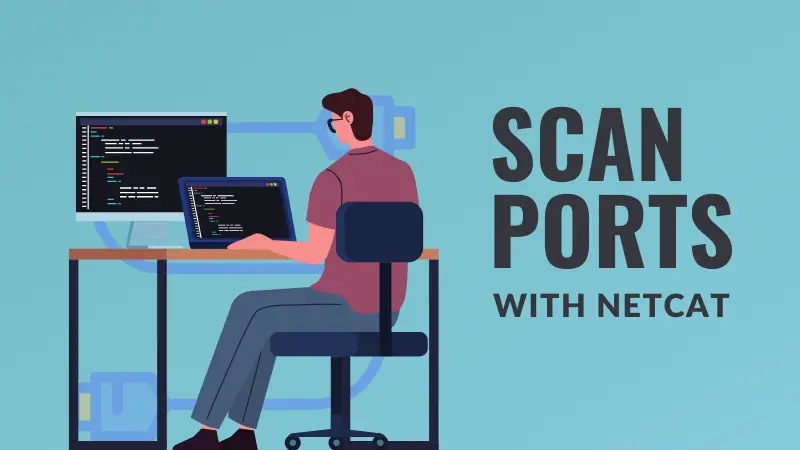
Scan Ports With netcat Command in Linux
Netcat is a popular networking utility for Linux based systems. Learn how to use it to scan for open ports.
· Sagar Sharma

How to Create Large Files in Linux
Want to create large file of 1 GB or some other size? Here are various ways of creating large files with predefined sizes in Linux.
· Abhishek Prakash
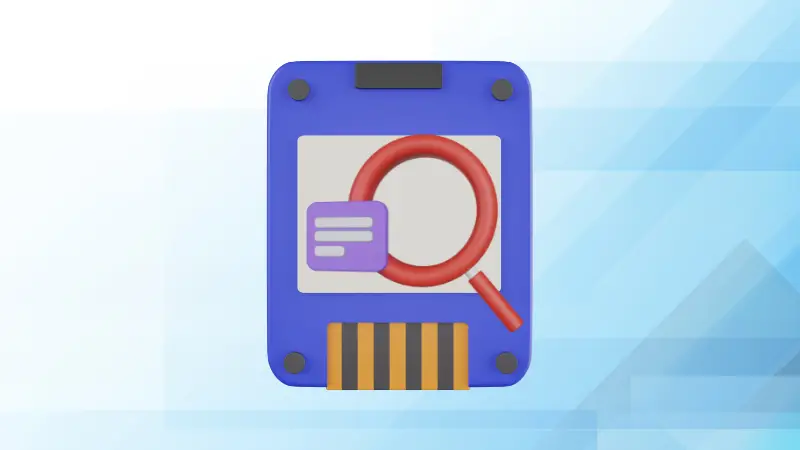
How to Get the UUID of a Disk Partition in Linux
UUID is a property of disk partitions used to uniquely identify them. Here are various ways to get the UUID of a disk partition in the Linux command line.
· Sagar Sharma
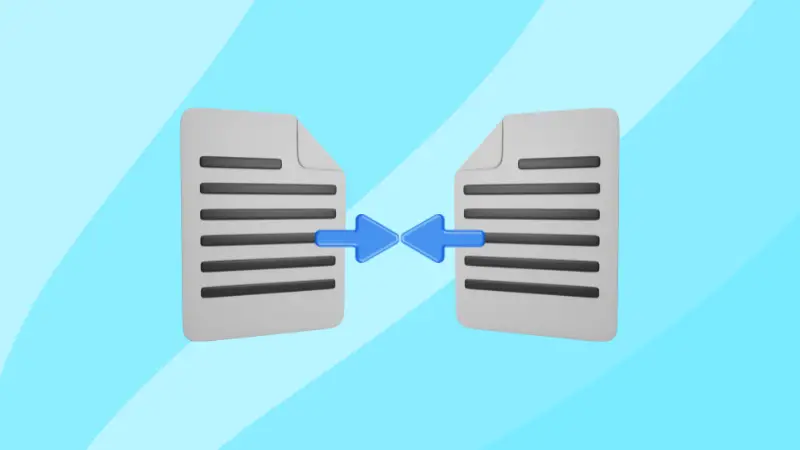
Concatenate Files in Linux Command Line
Want to concatenate two files in the Linux command line? Here's how to do that with the cat command.
· Sagar Sharma

Enable Timestamp in History Command in Linux
You can easily see which commands you ran in the past. But do you know when did you run it? The history command can tell you that as well.
· Sagar Sharma

Show Process Tree in Linux
Here are multiple commands that you can use to show the process tree in the Linux command line.
· Sagar Sharma
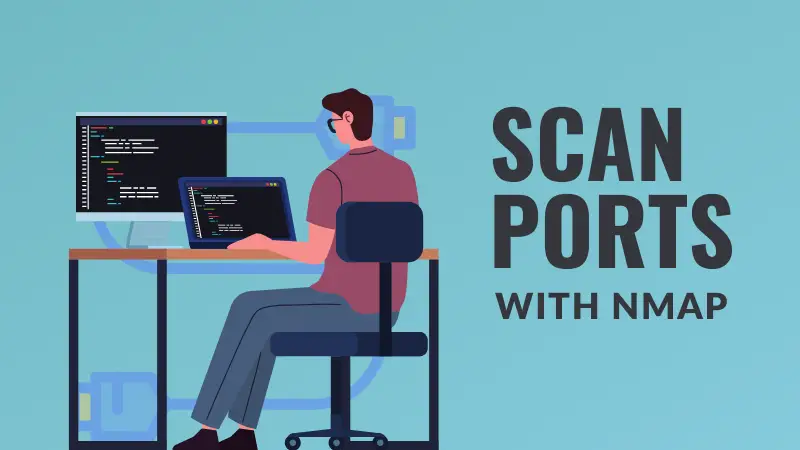
Scanning Ports With nmap
Nmap is an open source utility for network discovery and security auditing. Learn how to scan specific or multiple or all ports with nmap.
· Abhishek Prakash

Pretty Print JSON in Linux Command Line
JSON is human-readable markup language but reading it in the terminal might be difficult. Learn to format JSON content in a structured way.
· Sagar Sharma

How to Delete Soft Links in Linux
Learn a thing or two about deleting soft links and hard links in the Linux command line.
· Abhishek Prakash

Pretty Print XML in Linux Command Line
XML is human-readable markup language but reading it in the terminal might be difficult. Learn to format XML content in a structured way.
· Sagar Sharma
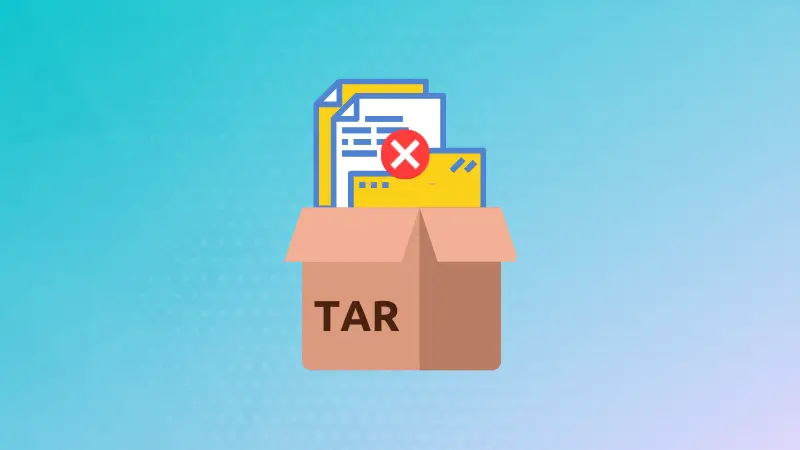
Exclude Files and Directories While Creating Tar File
Don't want all the files in your tarball? Here's how to exclude files and folders while creating tar archive file.
· Sagar Sharma

Using Find Command With Regex
Enable the beast mode of the find command by using regex for your search.
· Sagar Sharma
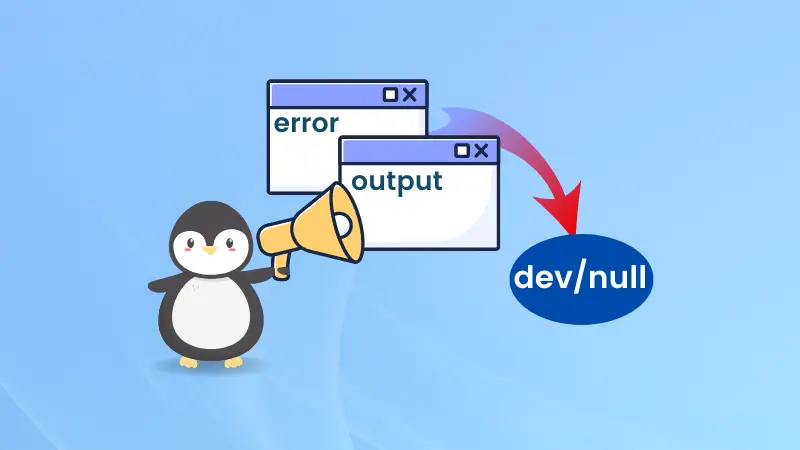
How to Redirect Output and Error to /dev/null in Linux
Learn how to redirect output or error or both to /dev/null in Linux so that it doesn't show up on the screen.
· Sagar Sharma

How to Print Environment Variables in Linux
Wondering what environment variables are set on your current shell? Learn how to print environment variables in Linux.
· Sagar Sharma

How to Follow Symbolic Links
You got a symbolic link and wondering about the actual source file? Here's how to follow symlinks in Linux.
· Sagar Sharma
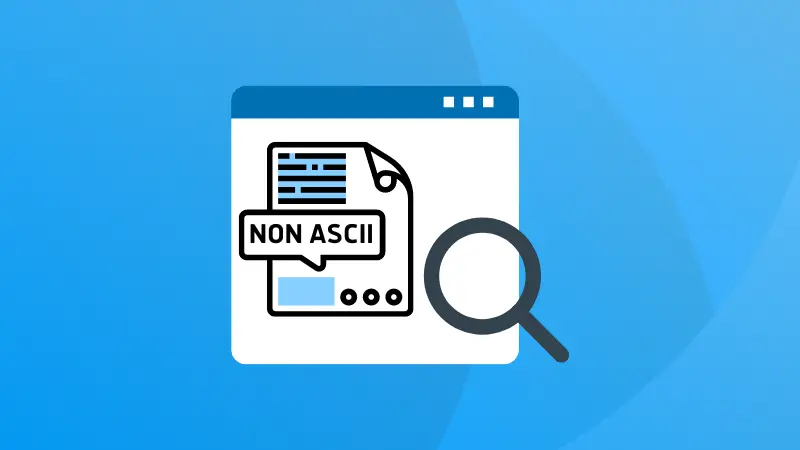
Find non-ASCII Characters in Text Files in Linux Command Line
Got a text file with non-ascii characters? Here's how to find those characters in Linux command line.
· Sagar Sharma

How to Check Crontab logs in Linux
Wondering if the cronjob ran successfully or not? Stop wondering. Just check the cron logs. Here's who to do that.
· Abhishek Prakash

Common Networking Port Numbers in Linux
Here are the common networking ports you'll encounter in Linux.
· Sagar Sharma

How to Change Ownership of Files and Folders Recursively
Learn how to use the chown command to recursively change the user and group ownership of files and directories in Linux command line.
· Abhishek Prakash
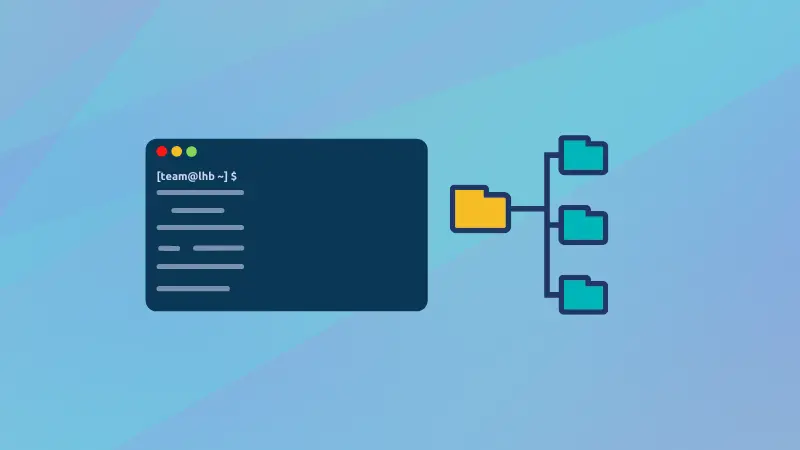
Making Nested Directories in Linux
Learn to make nested directories so that if a directory in the given path doesn't exist, it is created automatically.
· Abhishek Prakash
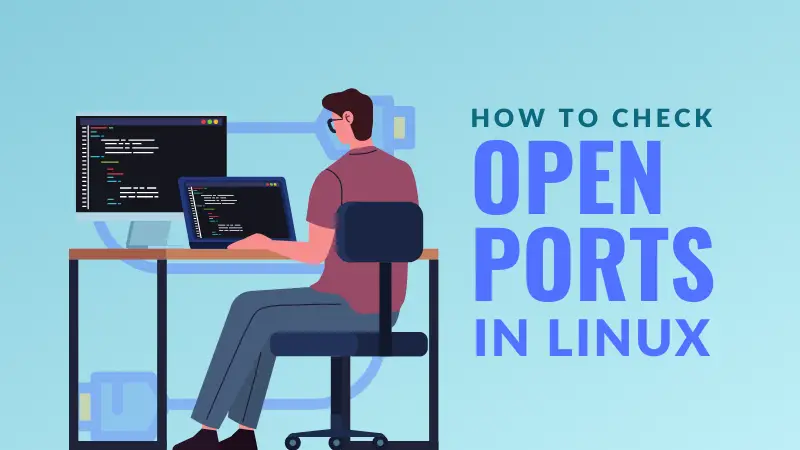
How to Check Open Ports in Linux?
Which ports are occupied by which service? How many open ports are there? Learn to scan for open ports on your Linux system or any remote system.
· Abhishek Prakash
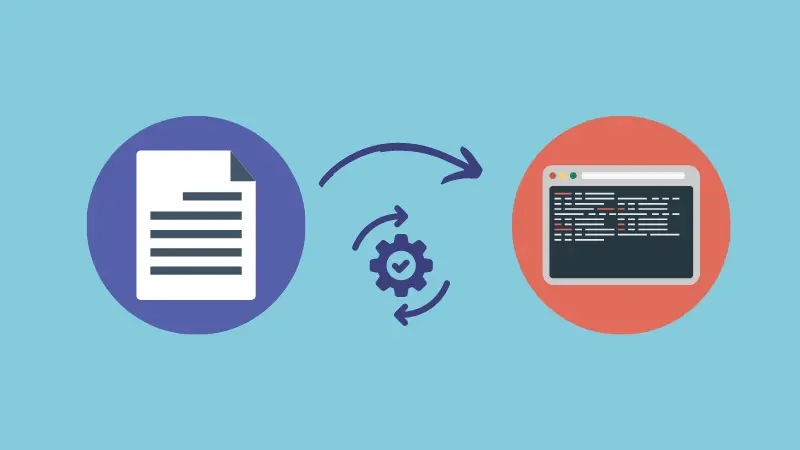
How to Make a File Executable in Linux terminal?
New to Linux command line and wondering how to make a bash script or some other file executable? Here's how to do it.
· Abhishek Prakash

Find the PID and PPID of a Process in Linux
Learn how to find PID using a process name in Linux. Also learn to get the parent process ID (PPID) of the given process.
· Hunter Wittenborn

How to Perform Grep Search on All Files and in All Directories
The versatile grep command lets you perform search for a text in all the files and all the subdirectories of a directory. Here's how to do that.
· Abhishek Prakash
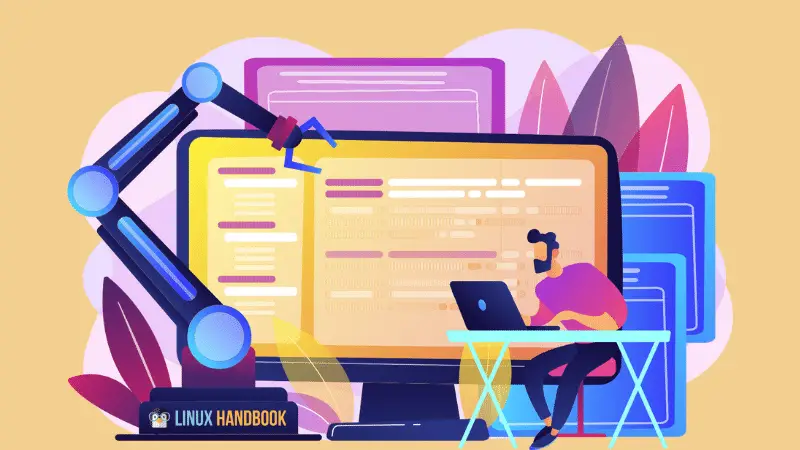
How I Built a Homelab on the Budget
Want to set up a homelab? Here's how I used old hardware and open source software to build my homelab.
· Helder

How to Upgrade Docker Containers Automatically When Updating Dockerized Web Apps
Updating WebApps is a regular task for sysadmins. Upgrading the containers that hold them is another extra effort. Automate that & make life easier.
· Avimanyu Bandyopadhyay
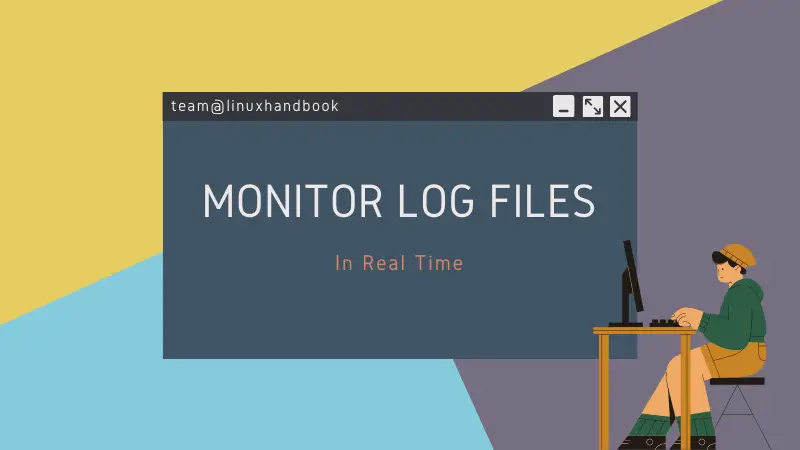
3 Ways to Watch Logs in Real Time in Linux
Here's how to use tail command effectively for watching log files in real time. Less and Mutitail commands also come in handy.
· Abhishek Prakash
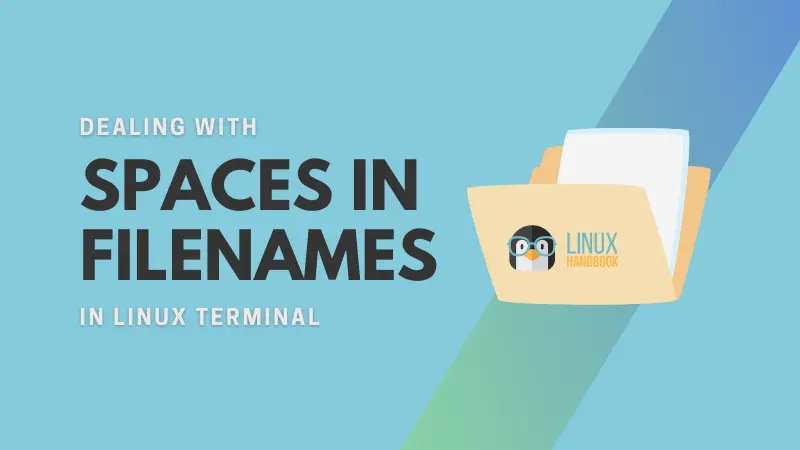
How to Tackle Filenames With Spaces in Linux
Spaces in the file names could be tricky, specially for new Linux users. Learn how to deal with them.
· Abhishek Prakash

5 Simple Bash History Tricks Every Linux User Should Know
Effectively using bash history will save you plenty of time in the Linux terminal.
· Abhishek Prakash